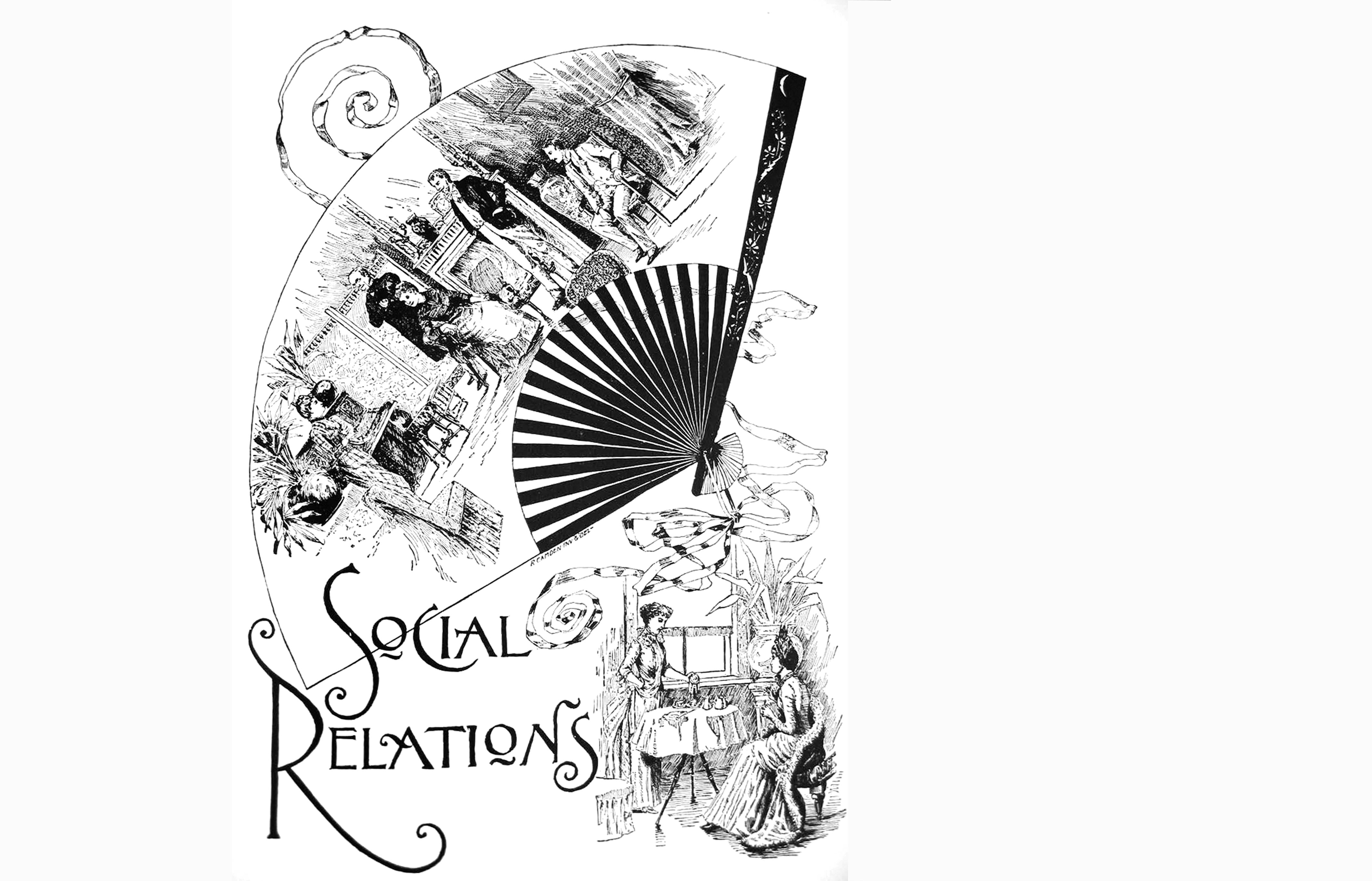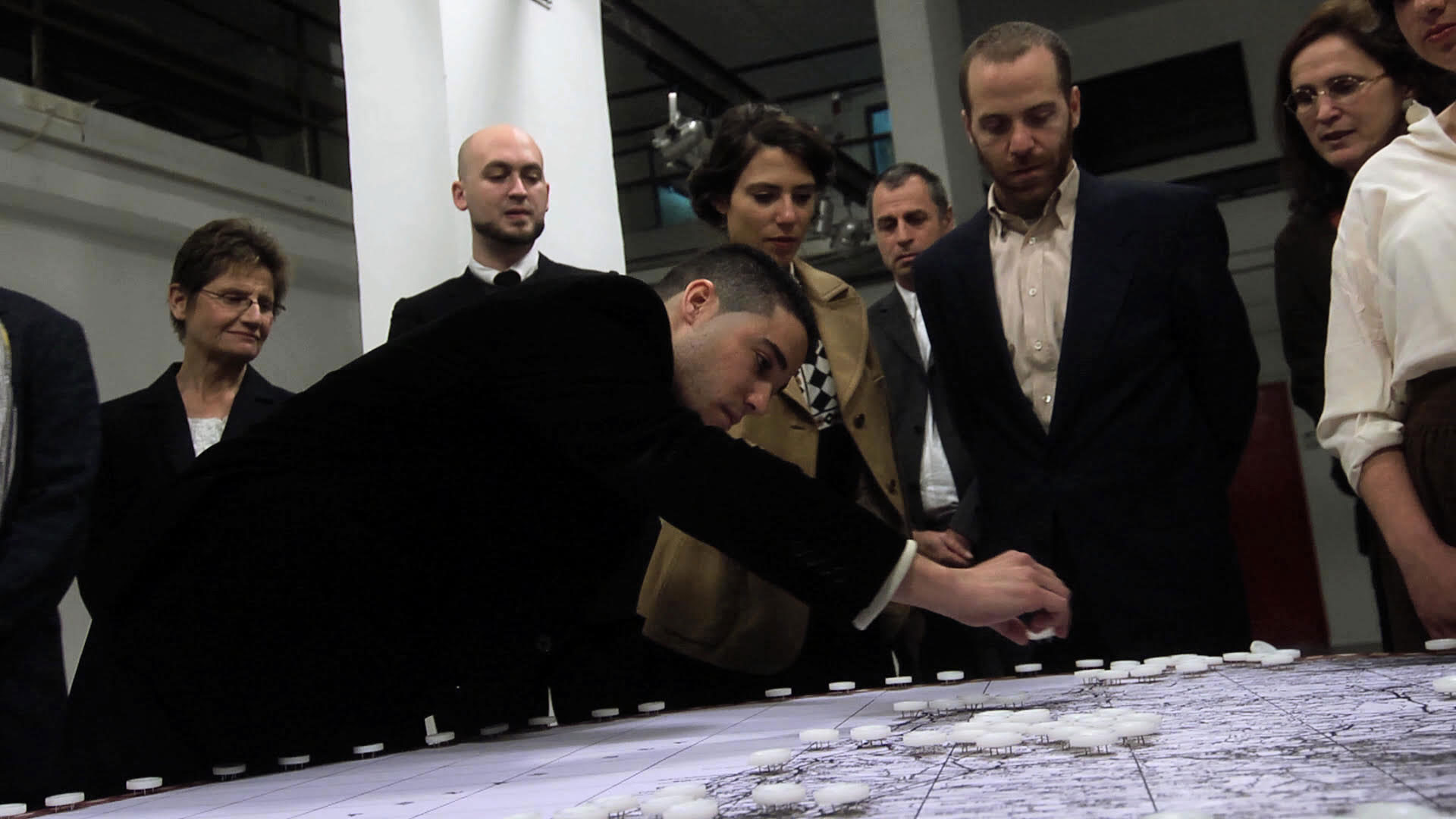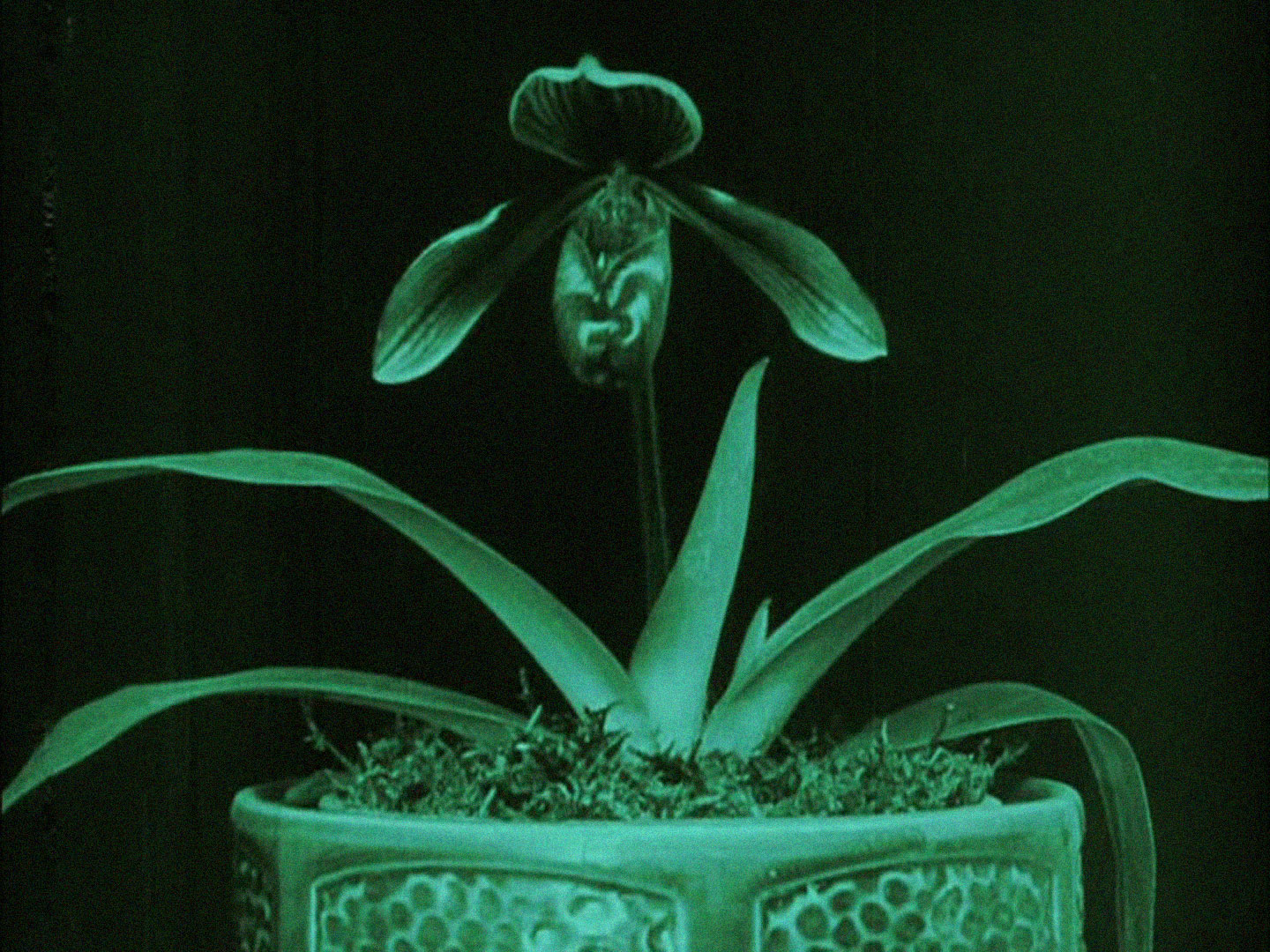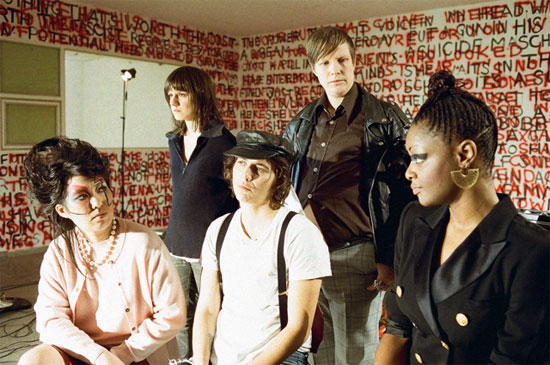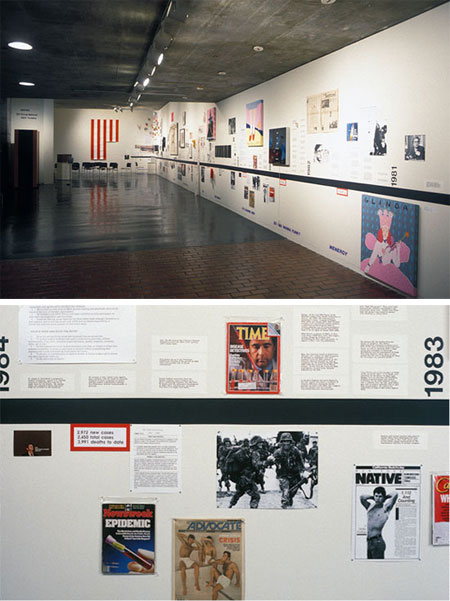Rest


Our call to rest is a call to an activism of rest, which in Spanish can be poetically enunciated as una militancia del descanso; that is, rest as a political stance, as bearing public value. The following texts are split between an oneiric exploration of rest as a re-worlding strategy, on the one hand, and an understanding of the conditions that necessitate rest as a civil technology, on the other. Socially, it is within rest that the need for an exhausting collective parasitising disappears and that the (re)productive choreography—in which able bodies relentlessly subscribe to shaping entrepreneur subjectivities—becomes unmasked.
The way in which those who provision, discuss, and consume coffee accrue and emanate Bourdieuian distinction is fairly intuitive to anyone who has lived through the diffusion of the Starbucks brand from Seattle-based upscale cafe in the 1990s to the interstate rest-stop parody fodder of today. But the way in which the linguistic production of lifestyle variables emerges dialectically with co-occurring visual and material cues is less easy to discern. It is not altogether clear how our expectations around speaking about comestibles align qualitatively with our tastes for them, or the images we create around them.
The art world is perhaps a special case. Artists—despite canned Facebook congratulations and condolences related to progeny, parents, and pets—may not be invested professionally in cultivating niceness. Some curators and many art historians seem to duck online niceness in favor of an archly distant dignity. But much of the institutional apparatus in charge of distribution, circulation, publicity, and sales is on a long-term charm offensive. The experience economy, like the closely related caring economy, demands a public-relations approach. A very high proportion of museum and gallery staff, those who must communicate with people both inside and outside the institution, are, like the very high proportion of public-relations workers, women—a “pink-collar ghetto”—with all the prejudices that still calls forth.
Free love and camaraderie were at the core of Kollontai’s thinking, for her novels and essays describe love as a force that frees one from bourgeois notions of property. As an influential figure, a rare woman in the Bolshevik Party leadership, and commissar for social welfare in their first government, she not only set up free childcare centers and maternity houses, but also pushed through laws and regulations that greatly expanded the rights of women: divorce, abortion, and recognition for children born out of wedlock, for example. She organized women’s congresses that were multiethnic in the way the young Soviet Union practiced controlled inclusion, following Western models. At the time, these were unique measures that were soon overhauled by Stalin, who did not appreciate any attempt at ending what Kollontai called “the universal servitude of woman.”
Imagine experts in the world of art admitting that the entire project of artistic salvation to which they pledged allegiance is insane and that it could not have existed without exercising various forms of violence, attributing spectacular prices to pieces that should not have been acquired in the first place. Imagine that all those experts recognize that the knowledge and skills to create objects the museum violently rendered rare and valuable are not extinct. For these objects to preserve their market value, those people who inherited the knowledge and skills to continue to create them had to be denied the time and conditions to engage in building their world. Imagine museum directors and chief curators taken by a belated awakening—similar to the one that is sometimes experienced by soldiers—on the meaning of the violence they exercise under the guise of the benign and admitting the extent to which their profession is constitutive of differential violence.
The mediated, sentient, and intelligent plant potentially invites us to think about nature, plants, technology, and ourselves-as-humans in different ways. As plants in particular are revealed as agentic, intentional beings, the mediated plant potentially invites us to develop more caring, attentive, and communicative attitudes toward the vegetal. In this way, the mediated plant can push us forward in the urgent “struggle to think differently” that Val Plumwood called us to join. Perhaps the mediated, sentient, intelligent plant can help us to queer nature, to queer botanics, to queer ourselves-as-humans as we “go onwards in a different mode of humanity.” But why to queer? Why not “simply” to “decolonize”?


